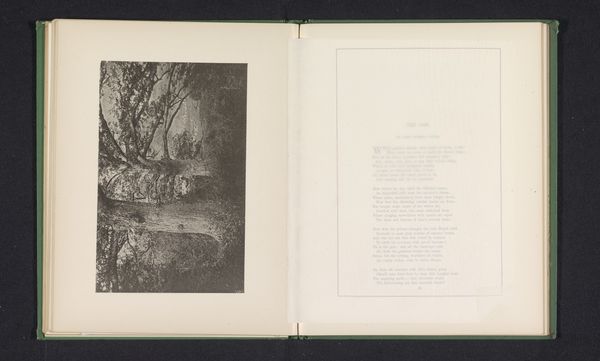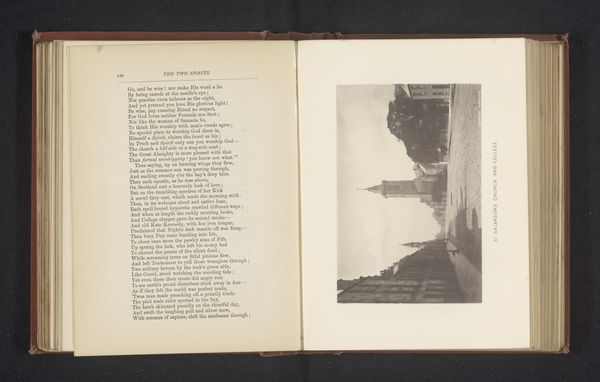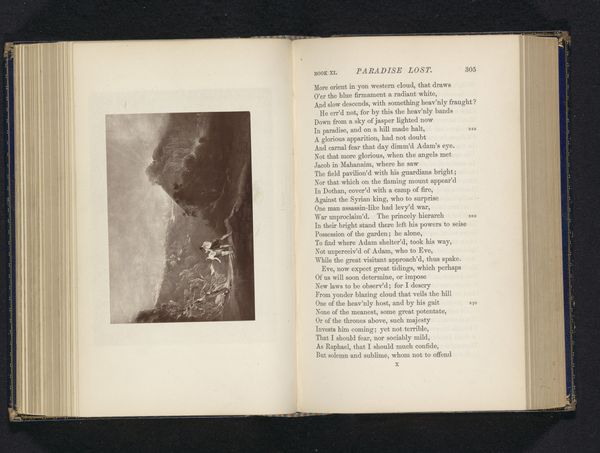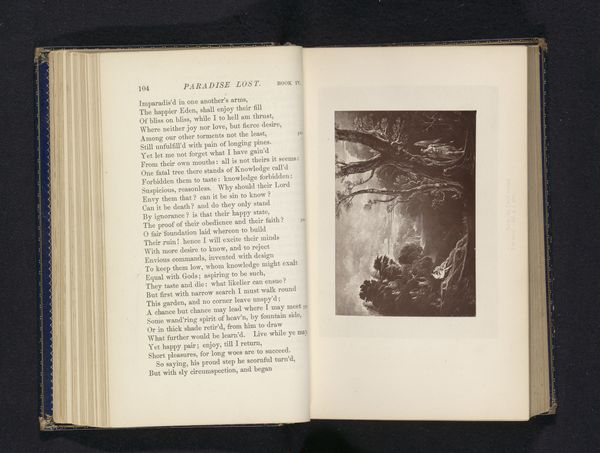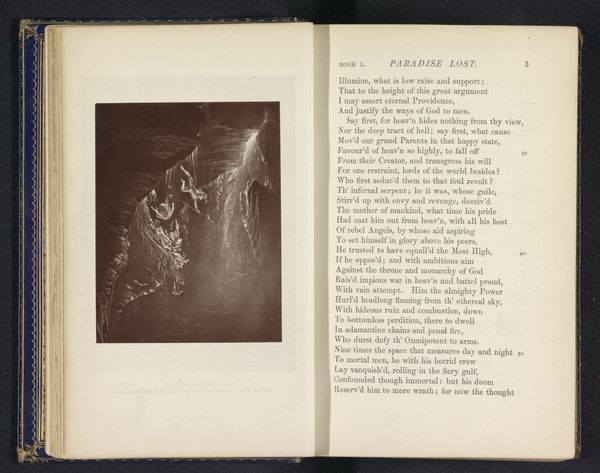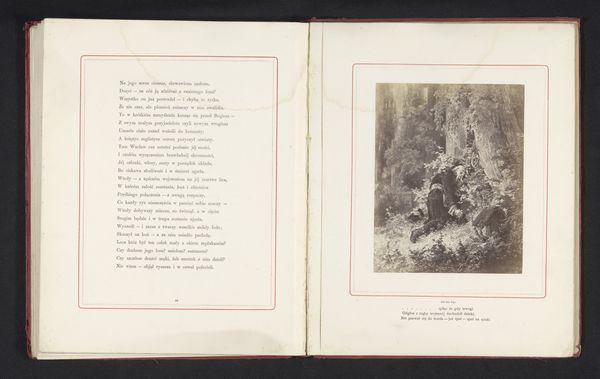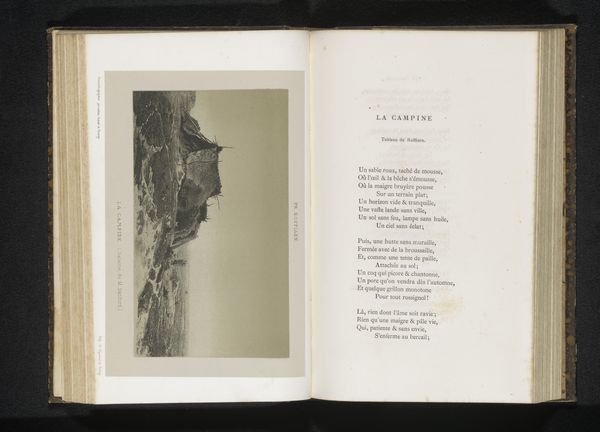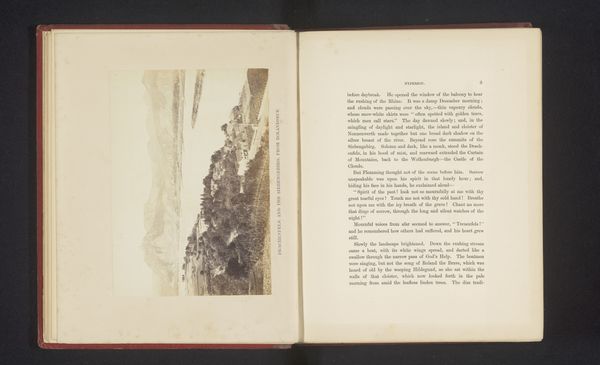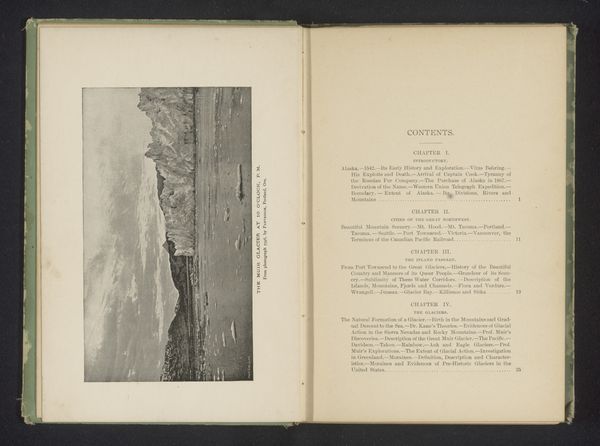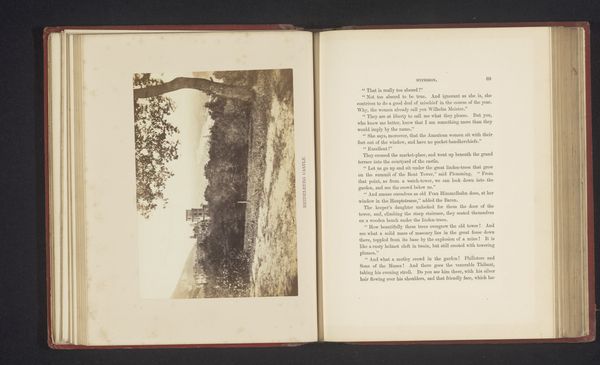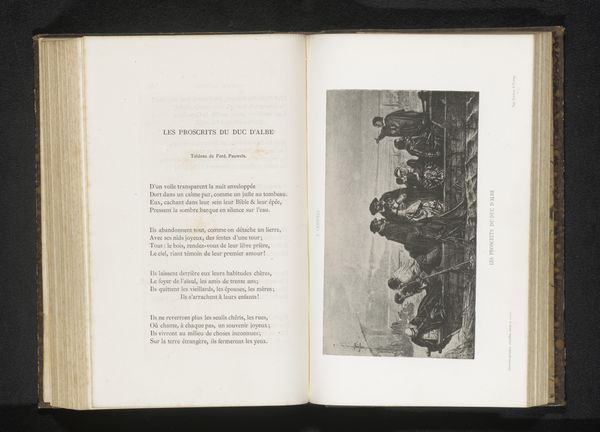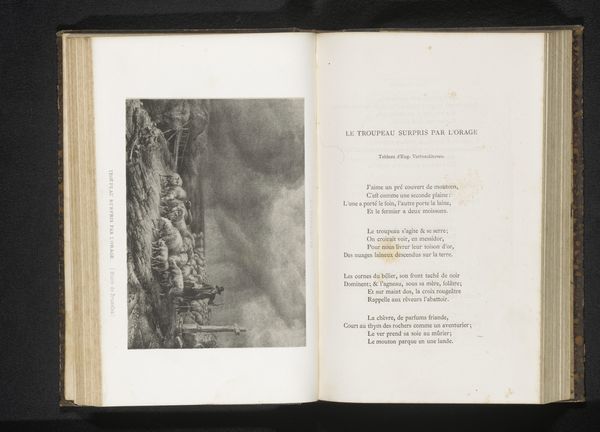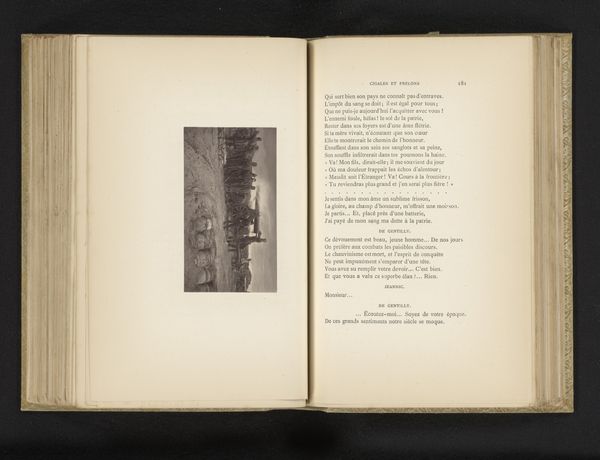
print, photography
#
medieval
# print
#
landscape
#
photography
Dimensions: height 93 mm, width 130 mm
Copyright: Rijks Museum: Open Domain
Curator: This melancholic image captures a moment frozen in time. Thomas Rodger’s print, titled "View of the Ruins of St. Andrews Castle and the Coast," created before 1876, evokes a distinct mood, wouldn’t you agree? Editor: Immediately, I am struck by a feeling of solitude and perhaps loss, the heavy contrast amplifying the wear and the weight of history, no? There’s also a subtle visual metaphor present within the work, the literal coast melding with the ruined architectural landscape as a sort of material and metaphysical reminder. Curator: That’s perceptive, considering Rodger's photographic practice was quite intertwined with documenting Scottish history, its relics and its evolution over time. As we observe the interplay of light and shadow, there’s a real story being told of resilience and time’s passage. Editor: Exactly. This photography operates on multiple layers. Not just a record but almost an artifact, an almost ghost in its own right! There's also a social dynamic embedded. Who has access to such images, and how do they contribute to shaping our view of the past and how it's perceived? Is it the photographer alone telling this story or the many patrons, tourists, even politicians who can circulate such depictions of ruin? Curator: Indeed. It encourages us to reflect on the stories these ruins whisper about Scottish identity. A romantic yet honest interpretation that has trickled down the centuries as the nation searches for its own cultural compass. Editor: In the photograph, note that beyond documentation, there is cultural memory and its deliberate framing of our relationship with this site— it's an invitation to contemplate a site infused with layers of social meaning. Curator: Absolutely. Its placement within a printed book indicates how these landmarks have a way of transforming into cultural monuments which transcend material and physical decay. It encapsulates both nostalgia and historical revisionism. Editor: That is the art's magic, it enables a kind of temporal conversation with our collective selves, to challenge assumptions as much as it offers comforting connections across epochs. I've greatly valued dissecting it alongside you today. Curator: Me as well. Such exploration enriches our shared understandings and our perspective on art and time.
Comments
No comments
Be the first to comment and join the conversation on the ultimate creative platform.
